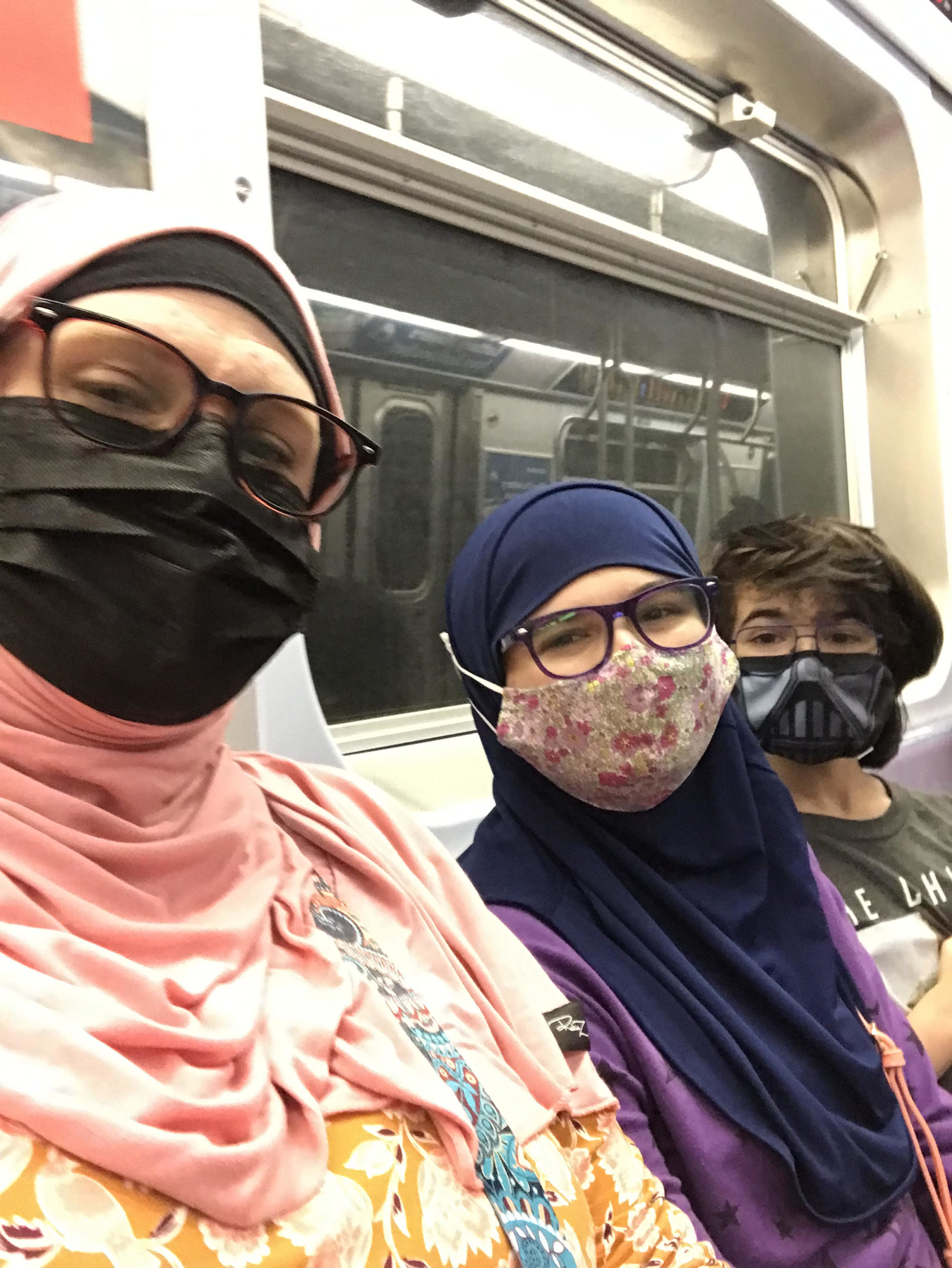Home schooling nearly doubled in NYC since pandemic’s start

Mirroring trends across the nation, the number of children being home-schooled has dramatically increased in New York City.
This school year, roughly 14,800 children across the five boroughs have opted to learn outside of school walls, according to internal education department data obtained by Chalkbeat. That number jumped by nearly 7,000 — or 88% — since the pandemic hit with the biggest gain occurring this school year, as more than 4,000 new students registered to home-school.
The largest increases were in districts with higher shares of low-income students, a Chalkbeat analysis found.

Brooklyn Boro
View MoreNew York City’s most populous borough, Brooklyn, is home to nearly 2.6 million residents. If Brooklyn were an independent city it would be the fourth largest city in the United States. While Brooklyn has become the epitome of ‘cool and hip’ in recent years, for those that were born here, raised families here and improved communities over the years, Brooklyn has never been ‘uncool’.